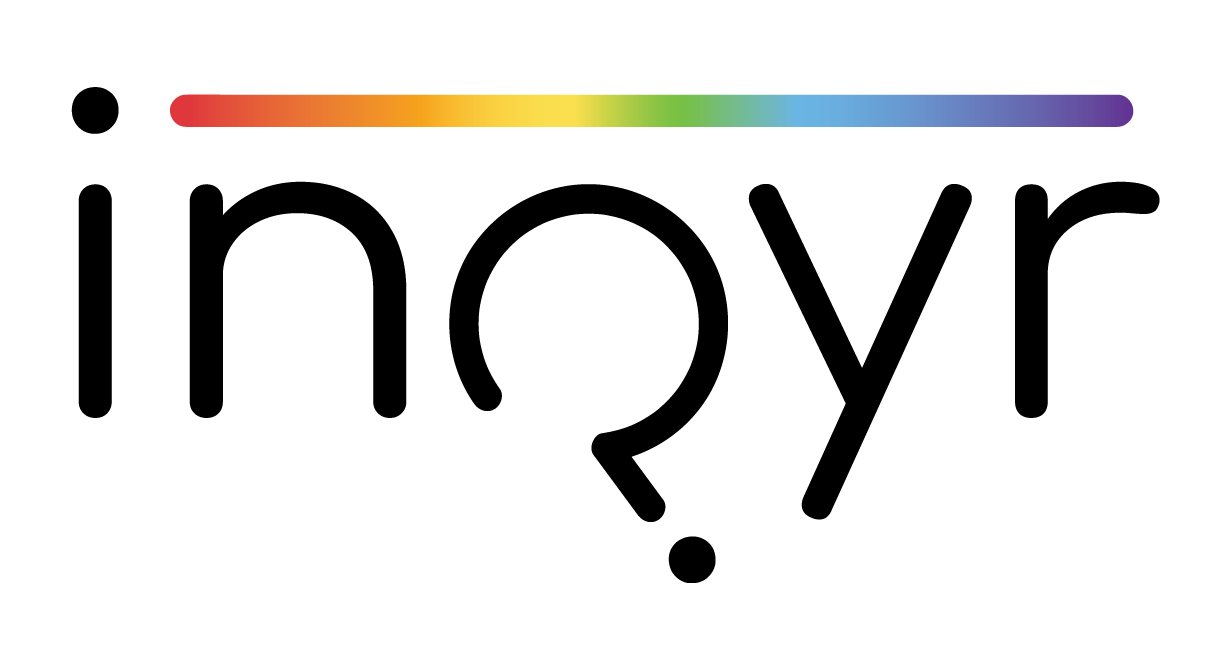Gay affirmative cognitive behavioral therapy for sexual minority youth: A clinical adaptation
Craig, S. L., Austin, A., & Alessi, E. (2013). Gay affirmative cognitive behavioral therapy for sexual minority youth: A clinical adaptation. Clinical Social Work, 41(3), 25–35. https://doi.org/10.1007/s10615-012-0427-9
Highlights
Background
Cognitive behavioral therapy (CBT) has long been established as a best practice option for the general adolescent population suffering from mental health problems, yet knowledge about the use of CBT with sexual minority youths (SMY) lags far behind.
Study Description
The purpose of this article is to present a clearly defined adaptation of CBT for SMY that integrates gay affirmative practices for youth (e.g., coming out, stigma and discrimination, the role of social support and community). Specifically, this article:
a) discusses the impact of minority stress on SMY;
b) highlights the specific components of CBT that represent a good fit for SMY and also address the criticisms of using such an approach;
c) considers the importance of using gay affirmative practices with SMY; and
d) offers recommendations for incorporating gay affirmative practices into traditional CBT models to better meet the needs of SMY, through use of a case study
Key findings
Ten Key Components of LGBTQ+ Affirmative CBT for SMY
1) Affirm identities of SMY during assessment.
2) Foster collaboration by clearly explaining the treatment process.
3) Identify SMY’s personal strengths and support networks.
4) Distinguish between problems that are environmental and those stemming from dysfunctional thoughts.
5) For environmentally based problems, help clients make changes that decrease stress, increase personal strengths and supports, and to build their skills for interacting with the social environment.
6) Validate clients’ self-reported experiences of discrimination.
7) Emphasize collaboration over confrontation, with attention to client–therapist differences.
8) With cognitive restructuring, question the helpfulness (rather than the validity) of the thought or belief.
9) Use client-identified strengths and supports to help SMY develop a list of helpful thoughts.
10) Ensure that homework assignments emphasize congruence with LGBQ culture as well as the client’s stage in the coming out process.

